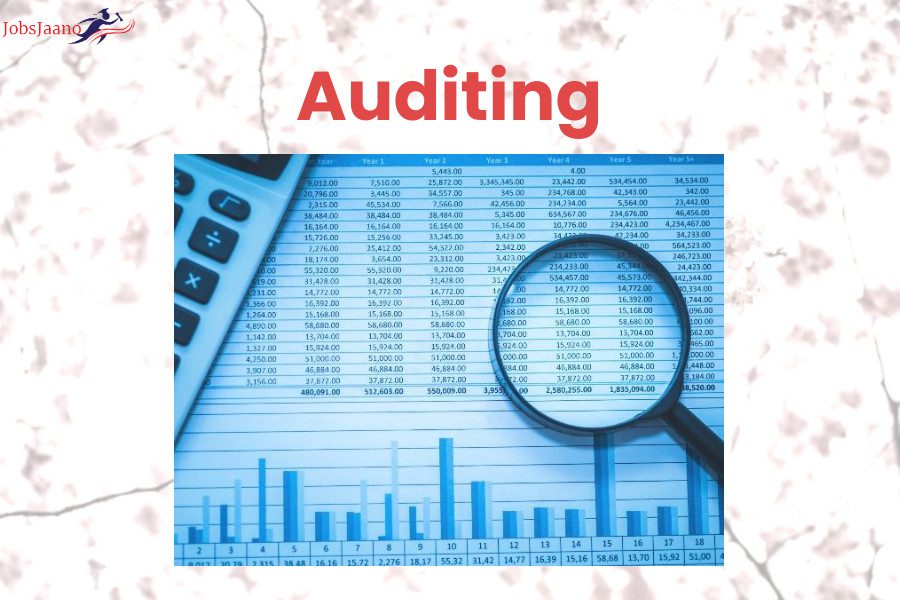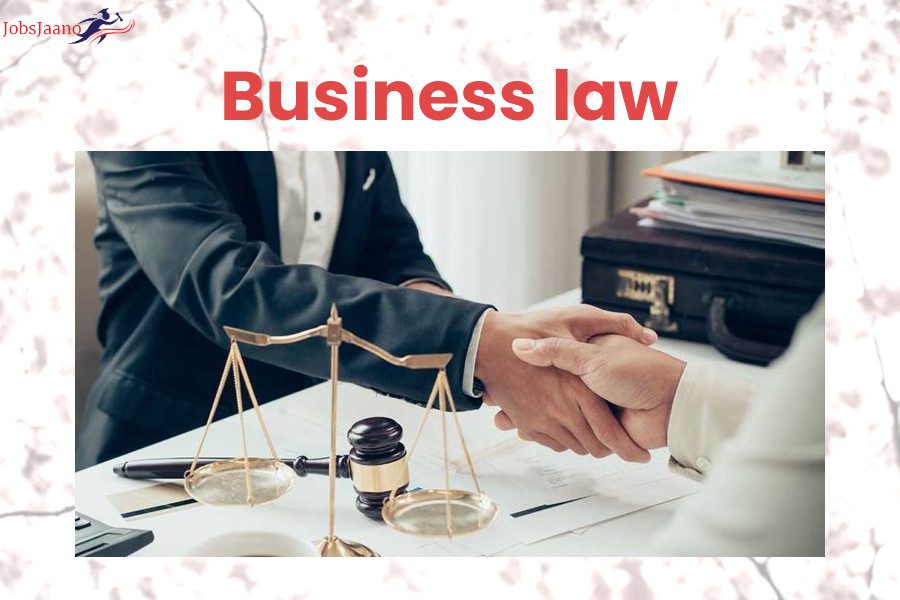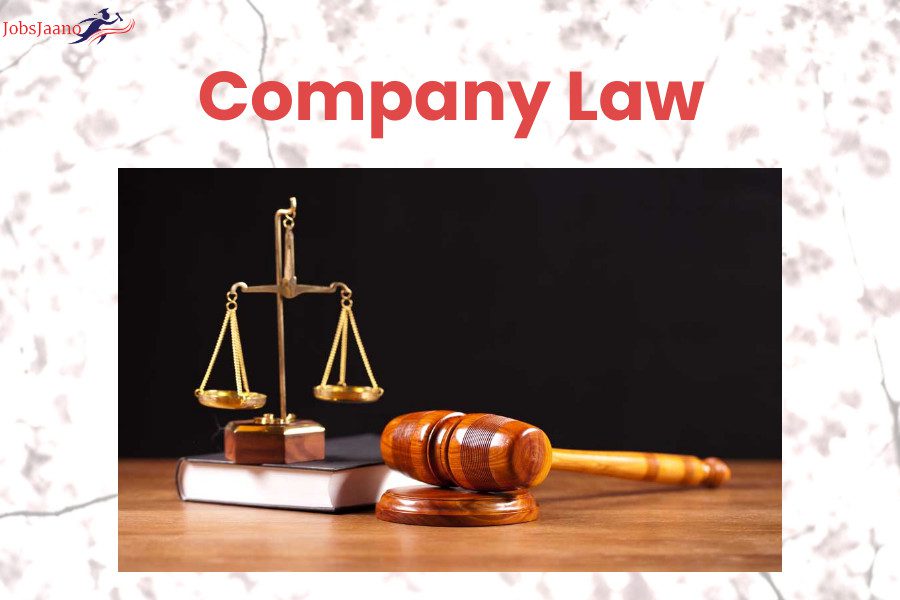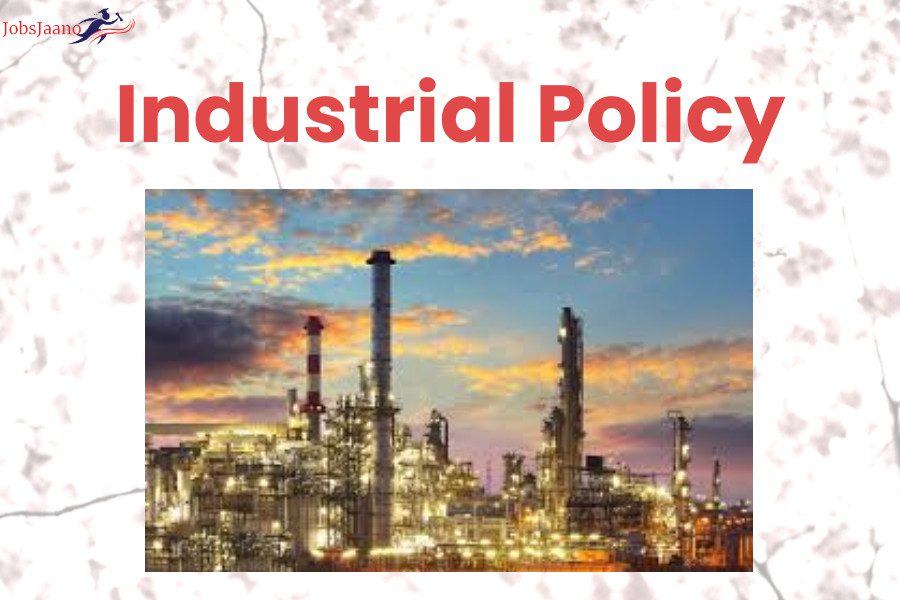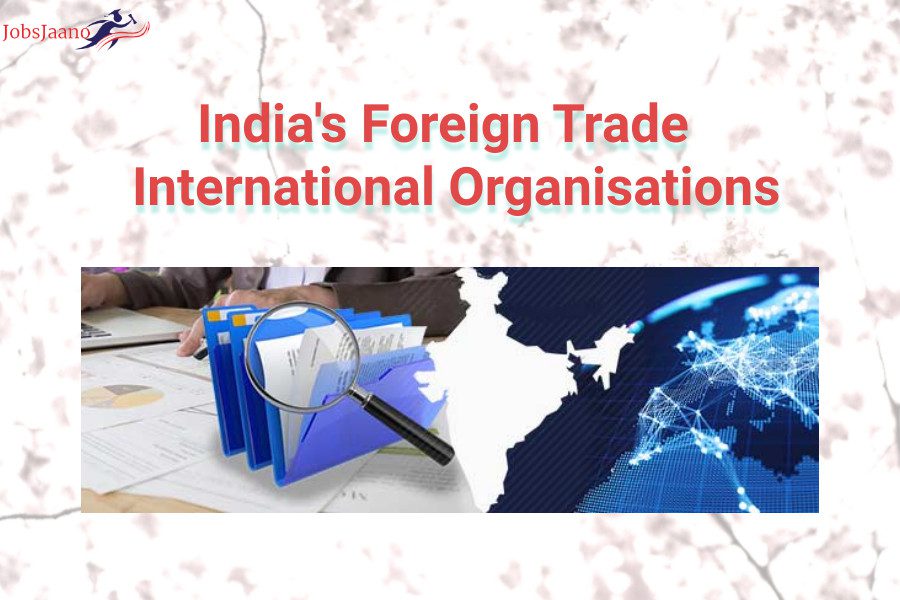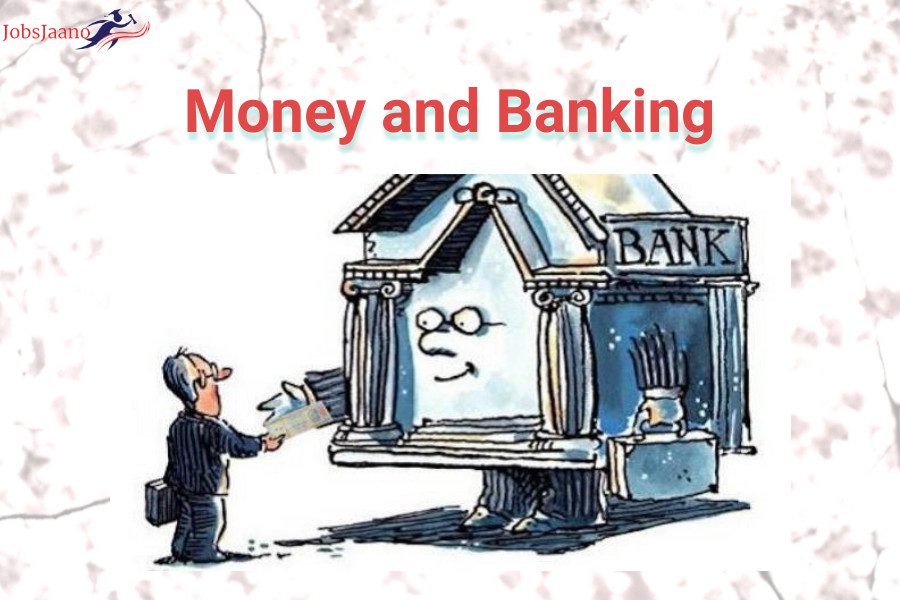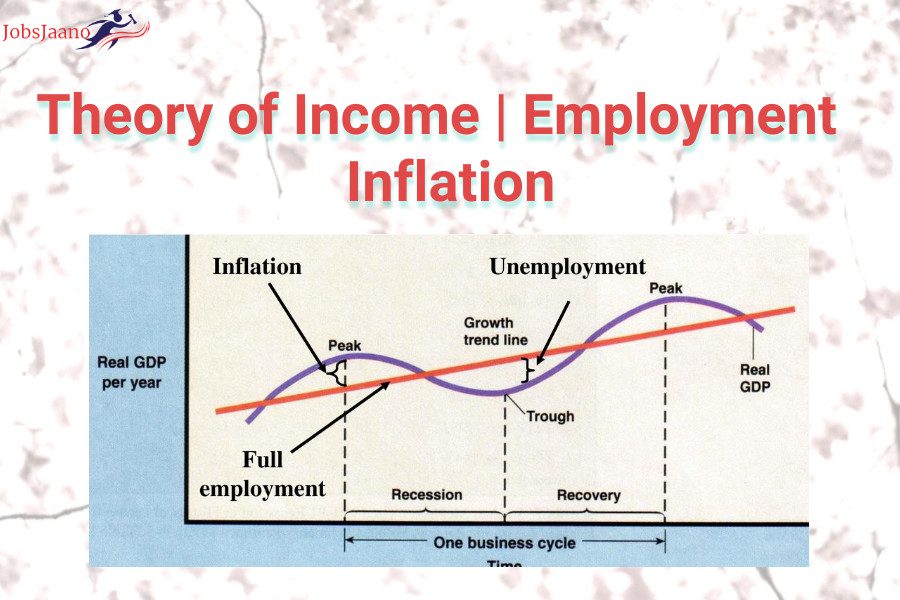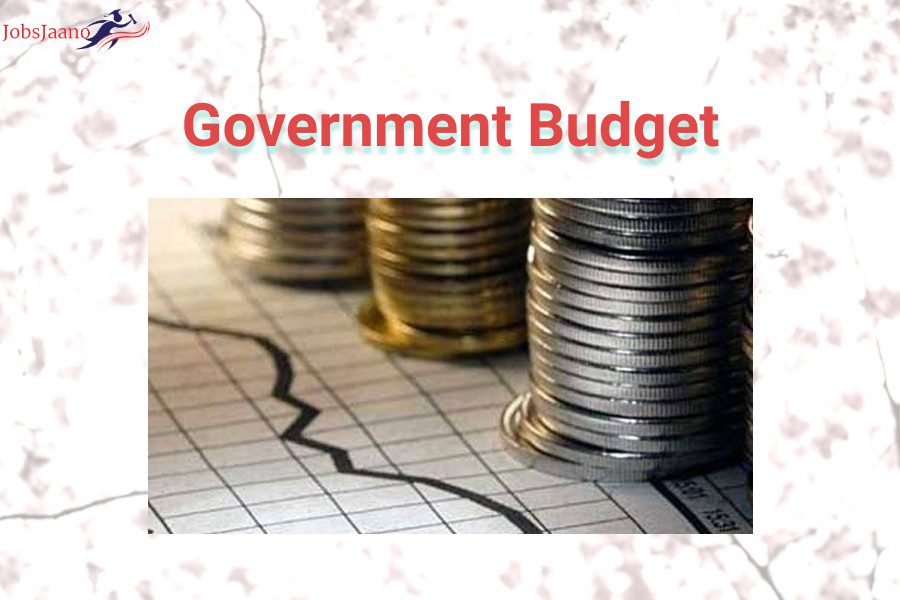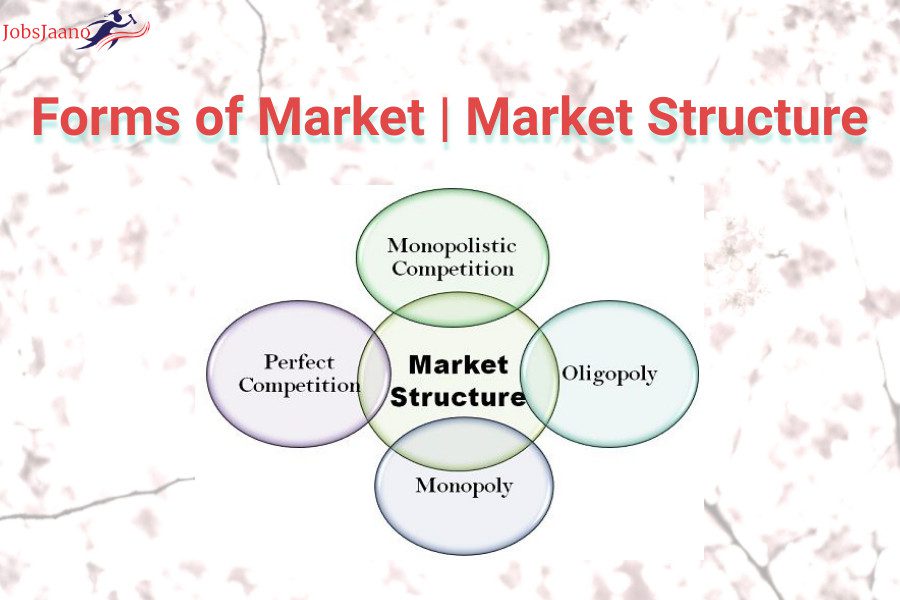Multiple choice questions of Subject Commerce Solved Entrepreneurship MCQ ( Entrepreneurship MCQ Quiz ) for Entrances (Entrance Exam) Conducted by different Central and State Universities are given below.
NOTE: Be carefully during selecting Answers because we shuffle the answer options for more concentration so, Be Active. All the Best
Entrepreneurship MCQ | Entrepreneurship Development MCQ Questions and Answers PDF
1. What is an entrepreneur?
(a) Someone who invests time and money to start a business
(b) Someone who makes a lot of money
(c) Someone who takes a risk to make a profit
(d) Both ‘a’ and ‘c
Ans. d
2. Entrepreneurs undertake
(a) calculated risk
(b) low risk
(c) high risk
(d) moderate and calculate risk both
Ans. c
3. Capital is
(a) money available to invest
(b) prohibitive cost of entry
(C) a guarantee that a company will be successful
(d) Both ‘a’ and ‘b’
Ans. a
4. Which of the following shows the process of creating something new?
(a) Business model
(c) Modelling
(b) Innovation
(d) Creative flexibility
Ans. b
5. In economics, which of the following is not a function of entrepreneur?
(a) Risk-taking
(b) Innovation
(c) Day-to-day conduct of business
(d) None of the above
Ans. c
6. Which one of the following gives suggestions for new products and also helps to market new products?
(a) Existing products and services
(b) Federal government
(c) Distribution channels
(d) Consumers
Ans. c
7. Which of the following attitudes is not generally associated with successful entrepreneurship?
(a) Investing in R and D
(b) Live your business day by day
(c) Innovate and improvise continually
(d) Produce as per customers requirements
Ans. b
8. The entrepreneur was distinguished from capital provider in
(a) middle ages
(c) 18th century
(b) 17th century
(d) 19th and 20th century
Ans. c
Entrepreneurship Development MCQ Questions and Answers PDF | Entrepreneurship MCQ | Entrepreneurs are Motivated by MCQ
9. A person who managed large project was termed as the entrepreneur in the.
(a) sarliest period
(c) 17th century
(b) middle ages
(d) 19th and 20th century
Ans. b
10. What is the process by which individuals pursue opportunities without regard to resources they currently control?
(a) Start-up management
(c) Feasibility planning
(b) Financial analysis
(d) Entrepreneunhip
Ans. d


